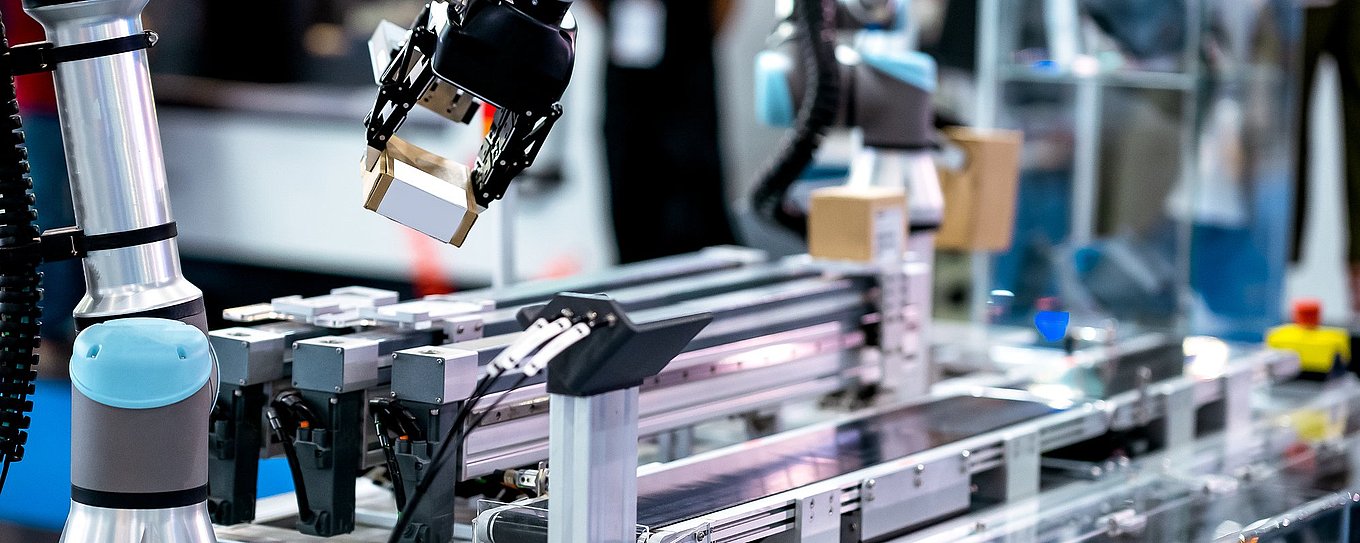The digital manufacturing market needs to become faster and smarter in the way it uses the assets that already exist. By drawing new lines between players, such as manufacturers and start-ups, a European ecosystems for AI-powered manufacturing efficiency can be created. Using a century of experience in manufacturing and connecting it with start-up technologies, digital innovation processes, and an open mindset for a culture of partnership and shared success, can enable a sustainable increase in the whole manufacturing sector, lead by European industrial companies.

Article
Artificial intelligence makes machines much smarter
AI means optimizing existing machines, not to buy new equipment
One of the main objectives of European manufacturing companies should be to use artificial intelligence (AI) to optimize existing plants, machines, and tools.
Instead of buying a new production line and procuring new machines, pre-equipped shop floors with multi-vendor machinery can be optimized in adding AI software applications. This keeps investments in the industry 4.0, respectively the industrial internet of things (IIoT), at a minimum, particularly when comparing investments in purchasing new machinery.
The method: Analyzing the gripping process on the basis of data
“The first step was to review, evaluate and interpret existing data. The basis for this was close consultation with experts and a fundamental familiarization of our Data Science team with the electromechanical processes and interrelationships of a gripper,” explains the data expert.
During the subsequent visualization of the data, clear patterns emerged. Warnke explains, “A gripping process can be divided into the three phases: ‘gripper closes,’ ‘object hold,’ and ‘gripper opens’ on the basis of the measurement data. We have developed an algorithm from this which automatically performs this subdivision for the entire data.”
Based on this, the gripping processes were analyzed in more detail: In an iterative approach, hypotheses were continuously developed, which were either substantiated or refuted by further representations and analyses.
The result: grippers that can think ahead
The detection and avoidance of errors, for example, by outlier detection, is one of the basic disciplines and frequently applied methods of Data Science. “In the case of grippers, we thought from the opposite direction and defined successful gripping processes first and foremost, so that we could gain more valuable insights than with pure troubleshooting.”
To characterize successful gripping processes, Körber Digital identified two approaches that complement each other: In the first approach, the acceptable value range for measured values, such as the gripper position or the gripper current, was identified at certain times during a gripping process – resulting in a kind of benchmark for a successful gripping process. The second approach describes a successful gripping process on the basis of certain gripping process characteristics, known as “features.” The corresponding value ranges were also determined here.
Which findings could be used for the smart grippers?
The characterization of successful gripping processes enables the detection of faulty or unusual gripping processes, and a classification of gripping processes. “This enables the grippers not only to detect that a gripping operation has damaged a component,” explains Warnke, “but also to predict when the component is about to be damaged. In addition, the analyses have revealed information about the timing of different measured variables, such as the gripper current. This provides a valuable basis for making the grippers work even more reliably and a very good example of how AI can be used profitably – and without great effort in production and mechanical engineering.
Share this article

